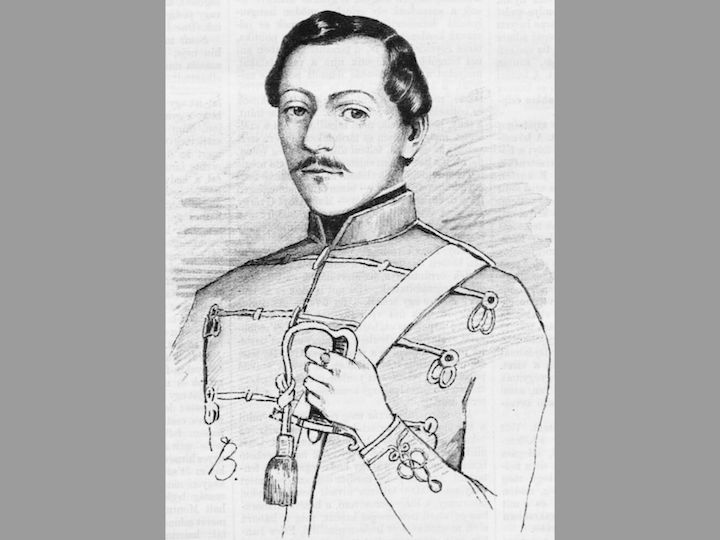
Törökverő hőstől egy szent életű orvosig
Egy kegyes fiú, Batthyány II. Ádám élete.
Állásfoglalás
A Magyarságkutató Intézet állásfoglalása - 2023.08.24.
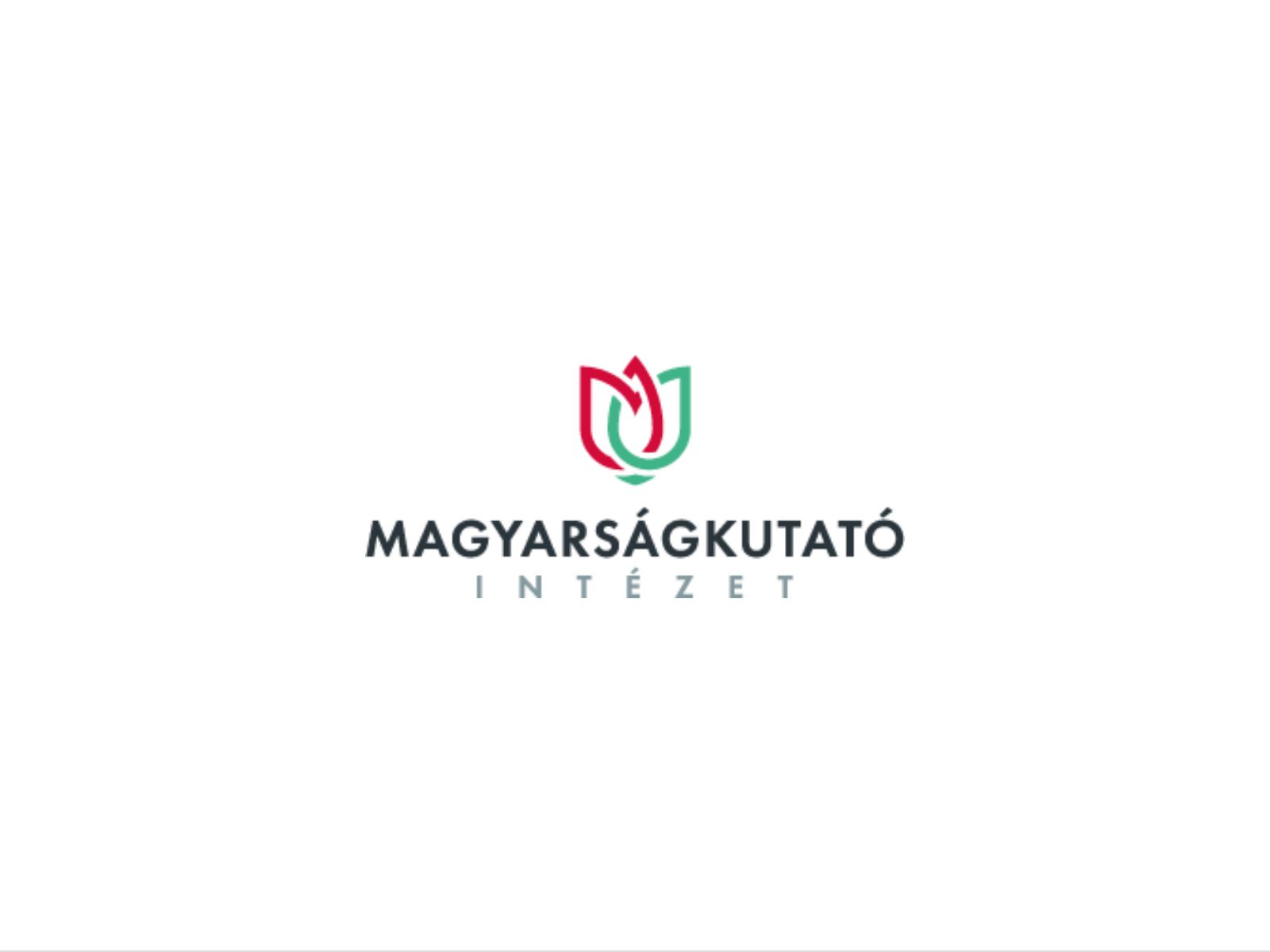
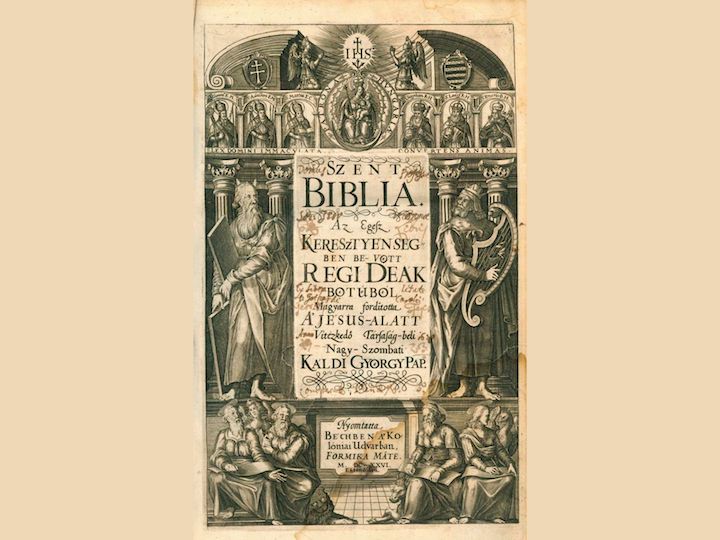
Káldi György bibliafordítása
Szent Biblia. Az egész kereszténségnek bé-vött régi deák bötűből magyarra fordítota a Jésus alatt vitézkedő társaságbeli nagyszombati Káldi György Pap. Igazi könyvészeti különlegesség a Káldi György jezsuita szerzetes fordításában 1626-ban megjelent magyar nyelvű Szentírás.
Mándoky, a kipcsak-török népek fáklyavivője
1992. augusztus 22-én hunyt el a Kaszpi-tenger partján fekvő Mahacskalában teljesen váratlanul, alkotóereje teljében, negyvennyolc évesen Mándoky Kongur István nyelvész, turkológus, etnográfus.

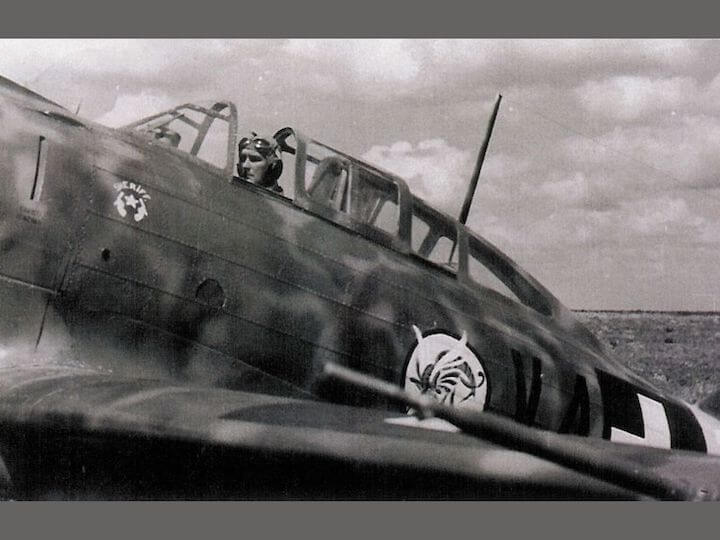
Horthy István repülőhalála
A kormányzóhelyettes halálával a nemzet reménysége szállt sírba. Vajon véletlen baleset, emberi mulasztás, esetleg német szabotázs történhetett?
István király szentté avatása és a Szent Jobb
Kilencszáznegyven esztendővel ezelőtt, 1083. augusztus 20-án avatták szentté István királyt. Szentté avatásának és a Szent Jobb megtalálásának körülményeiről egy XII. század elején íródott, Hartvik püspök által megfogalmazott legenda számol be egyedül részletesen.


Halál és felemeltetés II. 940 évvel ezelőtt avatták szentté I. István királyt
1083. augusztus 20-án avatták szentté Székesfehérvárott Istvánt, az első magyar királyt. Halála után 45 évvel és 5 nappal kezdődött utóéletének a felemeltetéssel szentesített nyilvános szakasza. A Szent István-i életmű a római kereszténység jegyében létrehozott jogfolytonos magyar állam. Nemzedékek hosszú sora értelmezi az első ezredforduló főszereplőjének életét és tetteit: a régmúltról való gondolkodásban máig megkerülhetetlen az első magyar király alakjához történő viszonyulás.
A jelenvaló Szent István-tisztelet
Szent István lassan kilenc és fél évszázada Magyarország felavatott védőszentje. Emlékezetének jelentősége időről időre előkerült az adott történelmi kor kihívásainak megfelelő megvilágításban. Mária Terézia a hatalmát és a tekintélyét kívánta megszilárdítani a keresztény államalapító király kultuszának felelevenítésével a XVIII. század végén. Szent István kultusza később, a XIX. században azonban nemcsak az uralkodói rangot erősítette meg, hanem kifejezte az ország szuverenitását is.
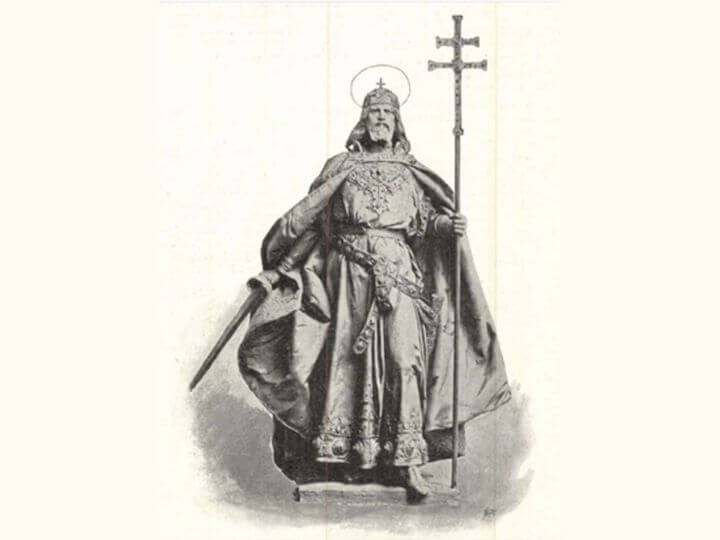
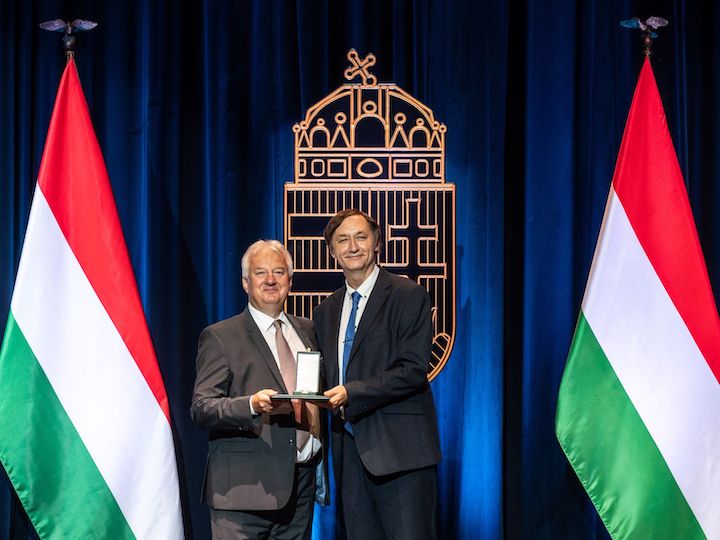
Állami kitüntetésben részesült munkatársunk
Novák Katalin, Magyarország köztársasági elnöke Dr. Pomozi Péternek, intézetünk Magyar Nyelvtörténeti Kutatóközpontja igazgatójának „a magyar nyelv és kultúra megmaradása, illetve továbbadása érdekében végzett több évtizedes, magas színvonalú tudományos kutatói, oktatói és tankönyvírói munkája elismeréseként” a Magyar Érdemrend Lovagkeresztje kitüntetést adományozta. A kitüntetést Dr. Semjén Zsolt miniszterelnök-helyettes augusztus 18-án a Hagyományok Házában adta át.
Szenttamás második ostroma – 1848. augusztus 19.
Amikor százhetvenöt évvel ezelőtt a rácok kirobbantották a délvidéki „kis-háborút”, a Ferenc-csatorna partján fekvő Szenttamás lakosságát 8000 rác és 3500 magyar alkotta. A Szerbiából érkezett szerviánusok által felhergelt véreik elüldözték az ottani magyarok zömét, akik ott maradtak, azokat felkoncolták vagy sáncásásra hurcolták, így építették ki 1848. június végére a Szenttamás körüli sáncokat.
